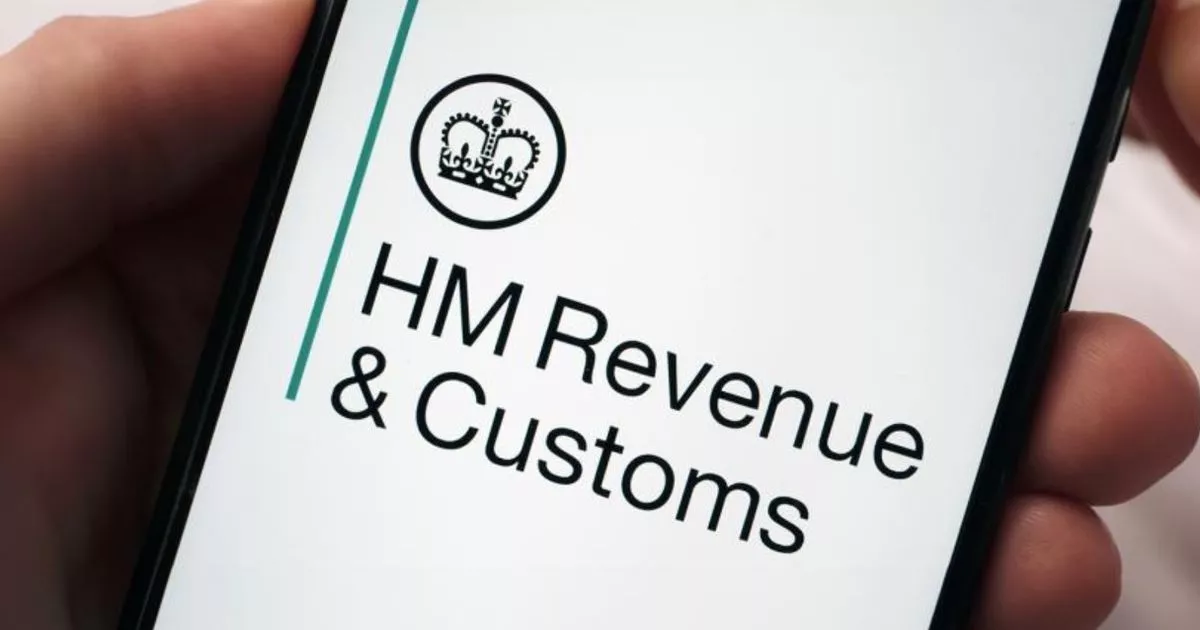HMRC Tax Credits Rule Change from September After Court Ruling
In the heart of London’s financial district, where the cacophony of the ever-bustling city serves as a backdrop to some of the world’s most significant financial decisions, a ripple of change is poised to redefine how businesses interact with the UK government. From September, a landmark court ruling requires Her Majesty’s Revenue and Customs (HMRC) to disclose the use of artificial intelligence (AI) in making key decisions regarding research and development (R&D) tax credits. This ruling has sparked a significant conversation about transparency and the role of technology in government operations.
The Court Ruling: A New Era of Transparency
This ruling arrives at a time when the use of AI in government processes is being scrutinized more than ever. According to information available, HMRC must now ensure transparency regarding the algorithms and systems employed in the decision-making process for R&D tax credits. This decision was spurred by a series of legal challenges, emphasizing the need for clarity in how autonomous systems impact financial decisions that could significantly affect businesses, especially in the tech industry.
Implications of the Ruling
The court’s decree mandates a look behind the curtain of government operations. Businesses that heavily rely on R&D tax credits have been left in the dark for too long about how their eligibility is determined. With this ruling, a new standard is set for governmental accountability, potentially influencing similar policies worldwide.
Data and Context
Research and development tax credits are a vital financial element for many companies, providing billions of pounds in relief each year. In 2021, over £7 billion in R&D tax credits were claimed by UK businesses. These credits not only support innovation but also play a crucial role in global competitiveness. The introduction of AI into this process aimed to streamline and optimize determinations, but the lack of transparency raised alarms.
| Year | Total R&D Tax Credits Claimed (in £ Billion) | AI Usage in R&D Tax Decision |
|---|---|---|
| 2020 | 6.5 | No |
| 2021 | 7.1 | Yes |
Industry Opinions
The reception to the ruling has been mixed. According to tech outlet TechCrunch, some industry leaders hail the decision as a victory for transparency and accountability. “It’s crucial for companies to understand how their tax credits are assessed,” said a prominent CEO. Conversely, Wired highlighted concerns that this requirement could lead to bureaucratic delays and increased costs for the government. Nonetheless, the consensus is clear: transparency is essential.
Global and Future Impact
This development may set a precedent not only within the UK but globally, where transparency in technology and AI use in government is becoming increasingly critical. As governments worldwide grapple with integrating AI into public service, they must balance efficiency and transparency.
The Road Ahead: Challenges and Opportunities
The challenge for HMRC and similar organizations is to maintain the benefits of AI-driven efficiencies while ensuring clarity and fairness in their operations. This ruling represents a step towards bridging the gap between technological advancement and ethical governance.
Conclusion
The HMRC’s shift in policy, driven by this court ruling, marks a significant moment for the intersection of technology and governance. As AI systems become more integral to decision-making processes, the imperative for transparency grows. This ruling could well be a catalyst for similar changes in other governmental operations worldwide, urging tech-savvy readers to advocate for transparency in technology policies. As the interplay between government and AI continues to develop, staying informed and engaged is essential for shaping a future where technology serves the public equitably and openly.
Related Reading
- OpenAI launches ChatGPT-5 model for all users: What are the big upgrades from GPT-4?
- Google’s $1 Billion Boost for AI in U.S. Education
- OpenAI, Google and Anthropic win US approval for civilian AI contracts






[…] HMRC Tax Credits rule change from September after court ruling […]
[…] Investors Flee Companies Seen as Most at Risk From Artificial Intelligence Dark AI: The technology of cyber-evil War and peace: New arms race? Machine learning and Edge AI drive industrial automation to new era HMRC Tax Credits rule change from September after court ruling […]
[…] and peace: New arms race? Machine learning and Edge AI drive industrial automation to new era HMRC Tax Credits rule change from September after court ruling Business Brief: Canadian companies and the AI […]